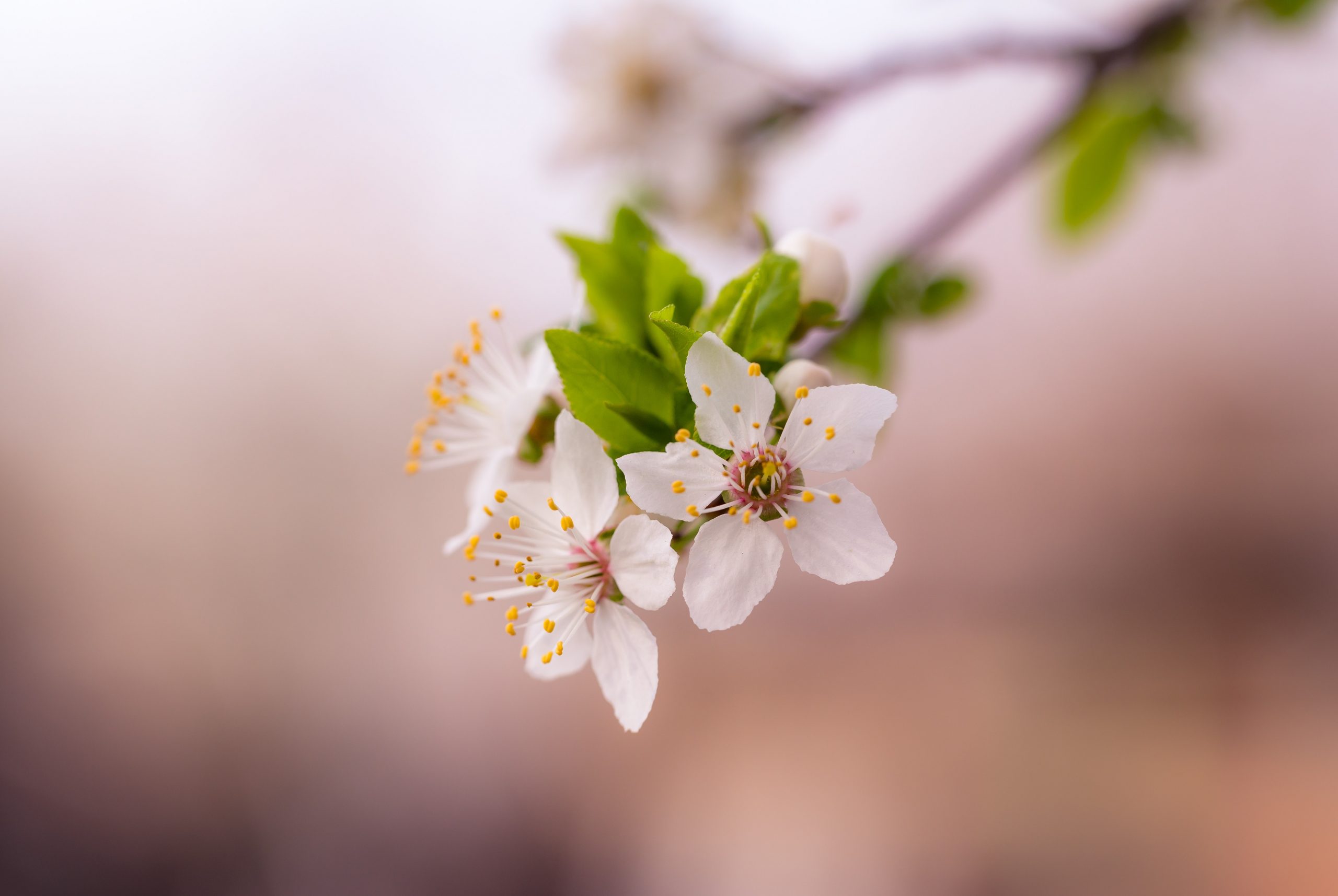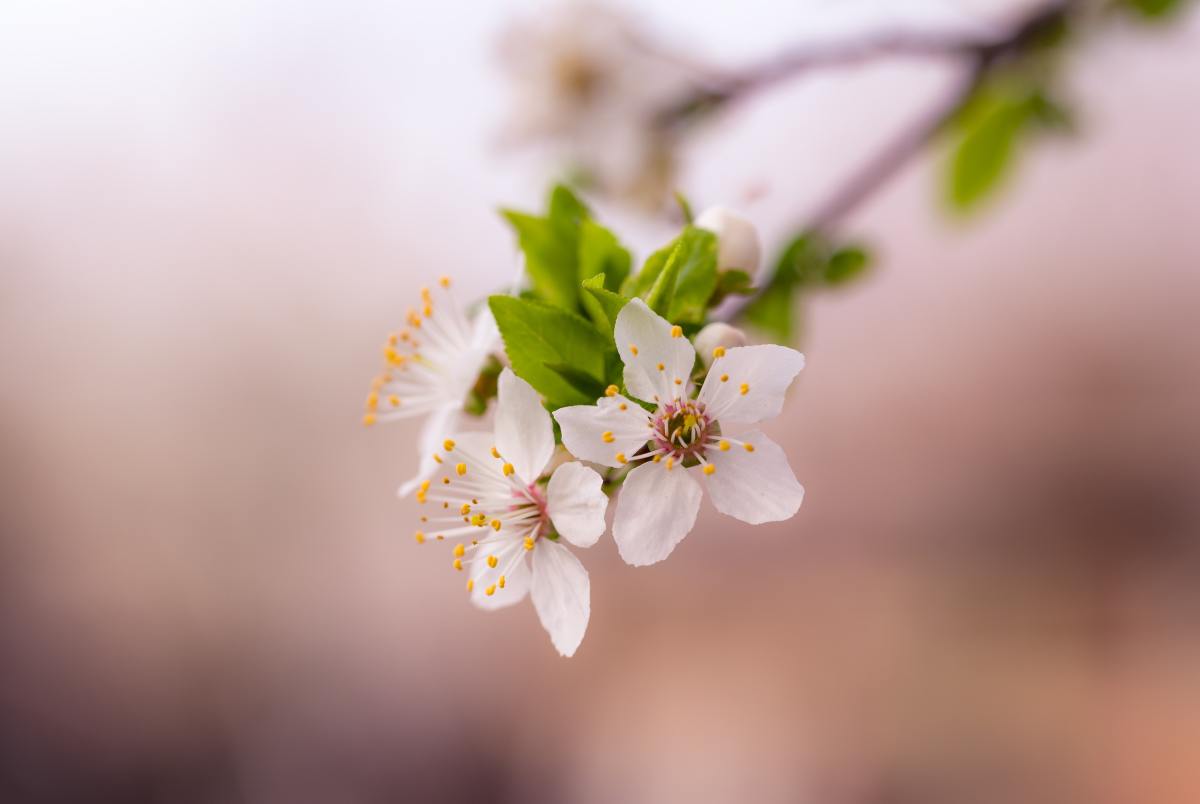Why Are Your Allergies So Bad? Tree Sexism.
Achoo!


I love spring in my corner of the world. When the trees finally regain their leaves, it’s a time for rejoicing that the cold grey of winter is done … but the weeks right before the leaves return? When every tree in my neighborhood is pink with buds and promise? That’s, sadly, the worst time because I, like so many of you, have pollen allergies that make stepping out into the spring sun a sneezy, snotty hell. And it turns out the reason tree pollen is so bad in some places might be due to … plant sexism???
This revelation first came to our attention thanks to this great thread by twitter user @Flaminhaystack, which you must check out.
*THREAD*
After buying a house with his wife, who suffers from allergies, Tom Ogren wanted to get rid of anything on his property that might trigger an attack.
He began examining the neighbourhood when he noticed something unusual
Every single tree was male— Antonia (@Flaminhaystack) May 5, 2020
Yup. Male trees are the reason I have to buy Flonase in bulk. Figures.
As the thread points out, this problem was discovered by Thomas Ogren. Ogren is a horticulturist and allergy researcher who authored The Allergy-Fighting Garden, which, just by its title, posits something I had never considered: that choices in landscaping and gardening can make a difference when it comes to allergies. I’d always just taken my allergies as a fact of life, but that might not be the case.
Ogren’s theory of “botanical sexism” is very interesting. It started, as the tweet thread above indicated, when he moved to a new neighborhood. This was 30 years ago, in San Luis Obispo, California, and he began to notice that there, and all over, urban planners and landscapers had lined streets and filled towns with almost exclusively male trees.
And yes, trees have gender, though, of course, it’s complicated. Tree species can be either dioecious, meaning each plant bears distinctly male or female flowers, or monoecious, meaning that a single plant will have flowers of both genders. “Female” flowers get pollinated by “male” flowers and bear fruit. Male trees, because they are there to pollinate only, Ogren theorized, produce more pollen and thus more allergies.
Now, the preference for male trees goes back a ways, to when planners were encouraged to plant male trees to avoid the nuisance of having to clean up seed pods and, possibly, fruit. This seems extremely silly and sexist, given that, with any gender of tree, you also have to deal with cleaning up, ya know, LEAVES. But the sexism against female trees stuck, and then spread.
Another factor in the spread of tree sexism was the spread of Dutch Elm Disease in the ’80s, which killed millions of elms, a popular neighborhood tree. The loss of these elms necessitated replanting, and thus, suburbs were filled with male clones, and so the sexism spread like, well, pollen in the spring.
I had to check this out in my own area, which is planted almost exclusively along the streets with Norway Maple, and sure enough, Norway maples are mainly dioecious. I’d bet money that all the trees in my area are male, just from the spring pollen levels alone. This also reminds me, strangely, of the Ents in the Lord of the Rings, who are destined for extinction because they lost their wives.
The really infuriating thing about this is that if planners back in the day had given preference to female trees, we could’ve avoided pollen and other cleanup. “If they had done the opposite and planted hundreds of female trees with no males, it would have been just as sterile and tidy, without any pollen,” Ogren said, according to Atlas Obscura. “Female trees don’t make fruits or seeds if there are no males around.”
So, if we’d just let women take up more space, we wouldn’t have the problem now where men are everywhere, and their need to spread their pollen all over makes it hard for all of us to get out and about. There’s a metaphor here.
Is there a solution here? Not really. No one wants to cut down millions of trees, but perhaps, in the future and in new developments, and for new trees, we can flip the script and start planting for a less pollen-tastic world. Ogren is still working to change the way urban planners plant, but climate change is working against him, making “pollenpocalypses” more common and even dangerous.
For now, we just have to endure the sneezing and remember with each sniffle that sexism and its consequences reach even beyond the animal kingdom, and that’s really pa-tree-archy at its worst.
(via Twitter; Altas Obscura, image: Pexels)
Want more stories like this? Become a subscriber and support the site!
—The Mary Sue has a strict comment policy that forbids, but is not limited to, personal insults toward anyone, hate speech, and trolling.—
Have a tip we should know? [email protected]
